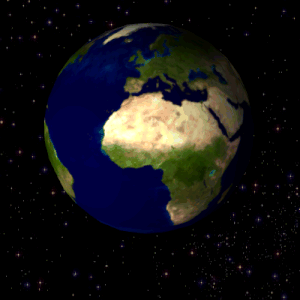
Animation is the rapid display of a sequence of images of 2-D or 3-D artwork or model positions to create an illusion of movement. The effect is an optical illusion of motion due to the phenomenon of persistence of vision, and can be created and demonstrated in several ways. The most common method of presenting animation is as a motion picture or video program, although there are other methods.

2D animation
2D animation figures are created and/or edited on the computer using 2D bitmap graphics or created and edited using 2D vector graphics. This includes automated computerized versions of traditional animation techniques such as of, interpolated morphing, onion skinning and interpolated rotoscoping.
2D animation has many applications, including analog computer animation, Flash animation and PowerPoint animation. Cinemagraphs are still photographs in the form of an animated GIF file of which part is animated.
3D animation
3D animation is digitally modeled and manipulated by an animator. To manipulate a mesh, it is given a digital skeletal structure that can be used to control the mesh. This process is called rigging. Various other techniques can be applied, such as mathematical functions (ex. gravity, particle simulations), simulated fur or hair, effects such as fire and water and the use of motion capture to name but a few, these techniques fall under the category of 3D dynamics. Well-made 3D animations can be difficult to distinguish from live action and are commonly used as visual effects for recent movies. Toy Story (1995, USA) is the first feature-length film to be created and rendered entirely using 3D graphics.


